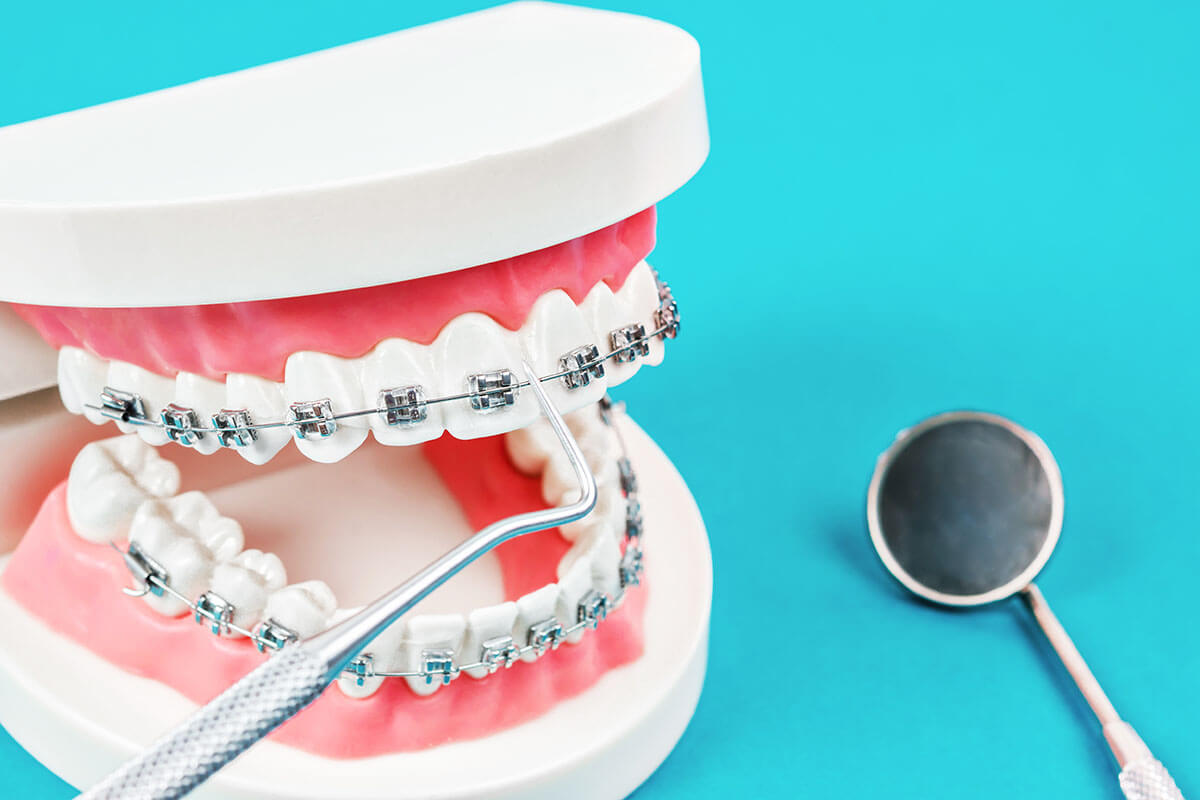Your Guide to Cumming Invisalign: Straightening Teeth with Style and Convenience
Wiki Article
Comprehensive Overview to Orthodontics Treatments for Dealing With Oral Misalignments
In the realm of orthodontics, the trip to attaining a flawlessly lined up smile involves a myriad of treatments tailored to correct dental imbalances. From typical braces to unnoticeable aligners and even medical options, the field of orthodontics provides a series of remedies to attend to differing degrees of oral irregularities. Recognizing the ins and outs of each treatment, including their mechanisms, advantages, and prospective downsides, is vital in making informed decisions concerning one's orthodontic treatment. As we browse through the detailed guide to orthodontic treatments for remedying oral misalignments, the detailed details of each technique will certainly unfold, losing light on the course toward a practical and unified dental placement.Orthodontic Procedures Overview

Normal changes and tracking are crucial components of orthodontic therapy to make certain development is on track and to make any necessary modifications along the way. By undergoing orthodontic treatments, patients can not only attain a straighter grin however also improve their total dental health and wellness and feature.
Standard Braces: Just How They Function
When considering orthodontic treatments for oral misalignments, standard dental braces stand out as a time-tested approach for fixing teeth placing. Typical dental braces consist of brackets, wires, and bands that function with each other to use continuous stress on the teeth, slowly relocating them right into the desired alignment.
As pressure is used to the teeth via the braces, the bone surrounding the teeth is reshaped to sustain the brand-new tooth settings. Patients will certainly require routine adjustments at the orthodontist's office to make certain the dental braces continue to use the right pressure for effective teeth activity.
Unseen Aligners: Disadvantages and pros
Invisible aligners supply a very discreet and convenient alternative to standard braces for correcting oral misalignments. These clear, custom-made trays are basically invisible when put on, making them an enticing option for people looking for a much more aesthetically pleasing orthodontic treatment. Among the main benefits of undetectable aligners is their removability, allowing for much easier upkeep of oral health compared to typical braces. Individuals can remove the aligners before consuming or brushing their teeth, lowering the risk of food obtaining embeded the appliance and streamlining the cleaning procedure.
Surgical Orthodontic Options
Surgical treatments in orthodontics existing viable choices for attending to intricate dental misalignments that might not be properly resolved through traditional orthodontic therapies. While undetectable aligners and standard braces can remedy lots of orthodontic issues, certain cases require surgical treatment to attain optimum outcomes. Surgical orthodontic options are generally recommended for severe malocclusions, significant jaw disparities, and instances where the underlying bone framework needs adjustment to accomplish proper alignment.One common surgical orthodontic procedure is orthognathic surgery, which involves rearranging the jaws to correct practical concerns such as difficulty talking or eating. This surgery is typically executed in cooperation with an orthodontist who assists align the teeth prior to and after the procedure. Surgical orthodontics might additionally he has a good point entail treatments to subject impacted teeth, get rid of excess periodontal tissue, or reshape the jawbone to produce an extra unified facial profile.
Prior to considering surgical orthodontic alternatives, patients undergo a comprehensive evaluation to determine the necessity and potential advantages of such interventions. orthodontics. While surgical procedure may seem daunting, it can dramatically improve both the feature and appearances of the smile in cases where traditional orthodontic treatments fail
Retainers and Post-Treatment Care

Post-treatment care includes complying with the orthodontist's instructions vigilantly. This might consist of correct dental hygiene practices, attending follow-up appointments, and putting on the retainers as suggested. Failure to follow post-treatment treatment guidelines can lead to relapse, where the teeth gradually relocate back in the direction of their original placements. Regular retainer wear, great oral health, and routine dental exams are vital for preserving the results attained with orthodontic surgery and making certain the lasting stability of the remedied dental placement.
Verdict
In conclusion, orthodontic procedures provide different alternatives for dealing with oral misalignments. Surgical orthodontic choices are readily available for much more severe imbalances. In general, orthodontic treatments can successfully boost oral wellness and visual look.As we navigate with the extensive guide to orthodontic procedures for fixing dental misalignments, the intricate information of each approach will unfold, shedding light on the path towards a unified and practical oral placement. - cumming invisalign
One of the most usual orthodontic therapies is the use of braces, which are composed of metal brackets and wires that apply gentle stress to progressively change teeth right into the desired position.When thinking about orthodontic treatments for dental imbalances, standard braces stand out as a reliable technique for fixing teeth positioning. Furthermore, invisible aligners might not be appropriate for complex orthodontic problems that require even more significant teeth activity, as they are normally recommended for light to moderate instances. Retainers are tailor-made orthodontic devices created to hold teeth in their fixed settings after the completion of orthodontic treatment.
Report this wiki page